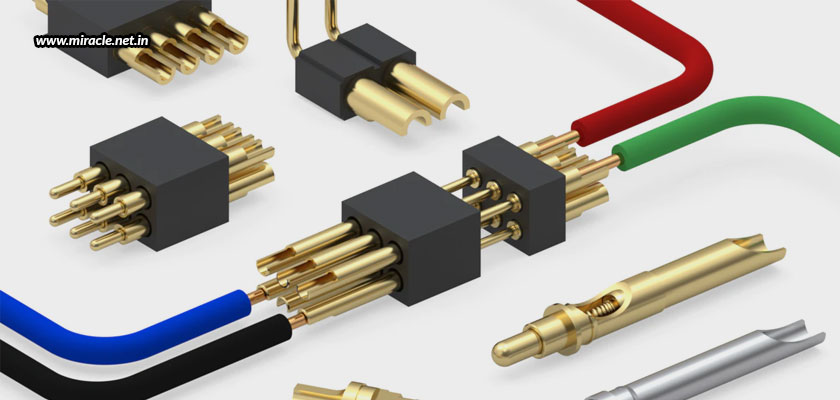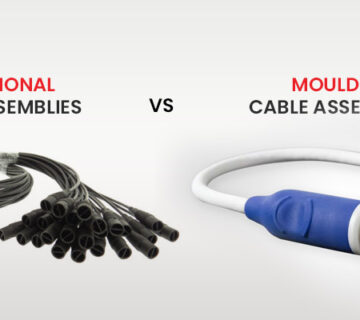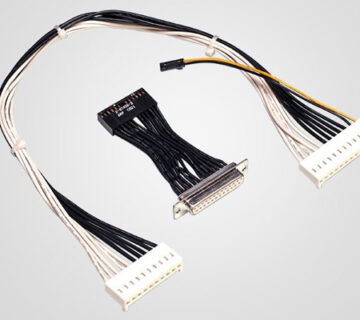Wires and cables have become an inseparable part of our community, with usage in almost all kinds of applications. Each application has a unique construction, accompanied by a termination that enables two sources to connect to one another. Let’s take a look at the different types of terminations, along with understanding when they are used, why they are used, and the specific regulations surrounding them.
But, before we begin, let us first understand what exactly wire termination is. It is a piece of electrical equipment that is attached to either end of an electrical wire, connecting two or more electrical devices like switch, terminal, or connector. There are a number of different types of terminations, with each one following in any of the two categories – solder termination or crimp termination.
Solder termination
Solder termination is when the open connector is melted and sealed to create an extremely strong bond, thus forming a permanent connection. The wire or cable to be installed is first separated from the insulation at the end, after which Flux is applied, before finally connecting the solder termination. While the outcome of solder termination is permanent, the process is also time-exhausting. Solder termination has become a very popular type of termination as it is very reliable. However, complete safety is required while using this procedure, because of the usage of hot irons and molten metal in the process.
Crimp termination
Crimp termination is used when a specific appliance or device requires direct contact with the cable, as the crimp forms a powerful connection, using a crimp tool with specific connectors. Two critical applications that largely use crimp termination include aircraft wire harnesses and circuit breaker panels. Crimp termination is generally involves many handheld crimping devices for low volume orders; however, the process can also be automated for larger volumes. Moreover, this method of termination can be combined with solder termination when additional strength and reliability is required in certain critical applications where failure isn’t an option.
Solder termination versus crimp termination
Now that we have understood both the types of termination processes most commonly used, let us look at the pros and cons of each, to understand which of the two is better. Solder termination is preferred to be used only for low production orders because it involves quite some risk due to the usage of hot irons and molten metal. Crimp termination, on the other hand, is an easily controllable procedure that is suited for both low and high production orders, as there is no exposure to heavy metals, and the process can also be automated.
As we can see, both solder termination and crimp termination have their own benefits and disadvantages. Thus, it is up to you or professional wire harness manufacturers from India, like Miracle Electronics, to decide as to which termination you should choose for your particular application. Whatever you choose, it is evident that wire termination is an extremely important part of a variety of different industries that involve electrical products.




